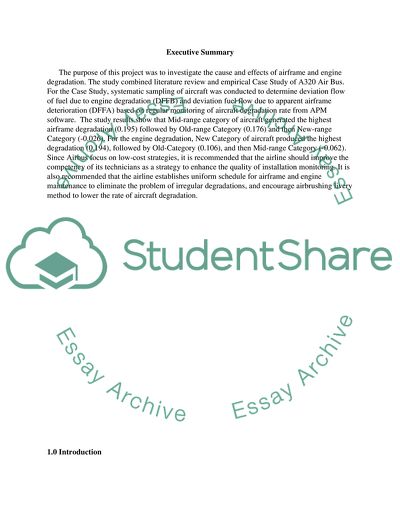Cite this document
(Analysis on Airframe and Engine Degradation Research Paper Example | Topics and Well Written Essays - 3500 words, n.d.)
Analysis on Airframe and Engine Degradation Research Paper Example | Topics and Well Written Essays - 3500 words. https://studentshare.org/engineering-and-construction/1867129-analysis-on-airframe-and-engine-degradation
Analysis on Airframe and Engine Degradation Research Paper Example | Topics and Well Written Essays - 3500 words. https://studentshare.org/engineering-and-construction/1867129-analysis-on-airframe-and-engine-degradation
(Analysis on Airframe and Engine Degradation Research Paper Example | Topics and Well Written Essays - 3500 Words)
Analysis on Airframe and Engine Degradation Research Paper Example | Topics and Well Written Essays - 3500 Words. https://studentshare.org/engineering-and-construction/1867129-analysis-on-airframe-and-engine-degradation.
Analysis on Airframe and Engine Degradation Research Paper Example | Topics and Well Written Essays - 3500 Words. https://studentshare.org/engineering-and-construction/1867129-analysis-on-airframe-and-engine-degradation.
“Analysis on Airframe and Engine Degradation Research Paper Example | Topics and Well Written Essays - 3500 Words”. https://studentshare.org/engineering-and-construction/1867129-analysis-on-airframe-and-engine-degradation.


